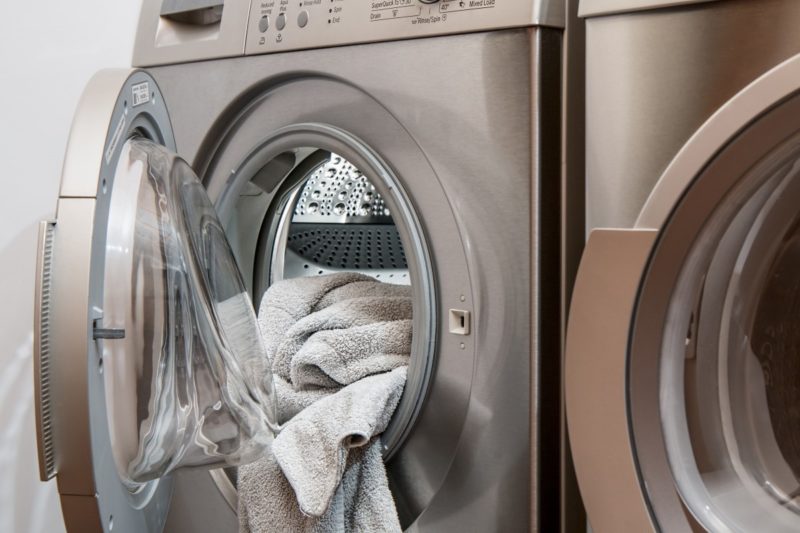Are you wondering about what causes a dryer belt to break? No more wonder! You come to the right place because we’re here to help you out. If dryer belts are placed incorrectly, they are overloaded, and if the size is not correct, they will break.
The belt may also constantly fail due to a damaged drum felt seal, a defective pulley system, stuck drum rollers, or a clogged blower wheel.
The dryer belt may last for many years if it is placed correctly. So, while dryer belts are reasonably inexpensive and straightforward to replace, if they keep breaking, then you need to check your dryer to find the reasons. There are various possible explanations for belt breaking. In this article, we’ll go over all the possible causes of this problem, so let’s get started without further ado!
What Causes Your Dryer Belt To Break?
The dryer belt connects many of the elements within your dryer, making it an essential component. It does, however, imply that a range of elements may have an impact on the belt. let’s explore the reasons for what causes a dryer belt to break:
#1. Improper belt
Because many dryers operate similarly, their component sizes may differ. This also applies to dryer belts. All dryer machines are designed to manage a specific bit of load or do a specific function. Each piece’s size, weight, and strength are selected and constructed to complement the other components, resulting in a system that runs quickly and adequately.
Various types may need thinner or thicker belts to withstand greater or little weight and larger or smaller belts to match specific drum sizes. The dryer belts also feature different kinds and widths of grooves to generate greater or little tension or even suit correctly into the belt slots of the pulley. Every belt differs significantly from another for a variety of reasons. Yet, because it is not meant to function in unison with some other components, choosing the improper belt for the dryer type would almost certainly result in early damage. Belts aren’t replaceable, so you’ll have to determine what thickness you want.
#2. The broken pulley
There seem to be several possible causes to look for that might signal an issue with your motor or idler pulley. Whether your dryer turns but produces a screeching noise or clunks sporadically, you should check to determine if the idler or motor pulleys are the problems. If your drum does not revolve at all and if it rotates when it becomes apparent but not if it is loaded, you should inspect your pulleys. If there’s an issue with the spring or the pulley bearing, your idler pulley may stop working. The grooves on the motor pulley may deteriorate over time, making it harder to grab onto and draw the belts. You may also be interested to know how to inspect a dryer’s idler pulley wheel.
#3. Overloaded dryer
If you overload your dryer, you put a lot of strain on the machinery that keeps it running. When there is a bit of load within your dryer, the motor will have to work harder to spin the drum while it is operating. Overloading the drum might have additional repercussions that harm the dryer belt. The drum is supported by rollers which are designed to spin with it. If the dryer weight is excessively high, the rollers may not move smoothly, forcing the belt mechanism to fight the stationary rollers’ friction.
If your drum is severely overloaded, it may not be capable of rotating. As a result of the high extreme heat and tension caused by attempting to move an immobile drum, the belt eventually burns away. This implies that the dryer belt would burn out quicker and break due to the extra stress, but your engine may also overheat. Other parts, such as the support wheels, may deteriorate due to higher weight or strain. Even if the dryer belt somehow doesn’t fracture from the load, the strain may cause it to stretch out. Moreover, if the belt is too old out and worn by a load of a big drum, the idler pulley may not even be ready to adapt to the belt’s size.
#4. Damaged felt seal
If you’ve ever seen the dryer felt seal, you may not consider the drum’s rubber gasket on the inner of the door to become a crucial aspect of your dryer’s operation. This felt seal has two main functions: to keep garments out of the space between the drum and the door. The next goal is to decrease tension. The seal prevents the drum from sliding against the dryer’s front panel. Excessive friction promotes damage and breakage to your dryer’s components, as we all know. And if the felt seal is damaged, it is also one of the leading causes of a broken dryer belt.
It’s A Wrap!
Last but not least! Finally, we have answered what causes a dryer belt to break, and hopefully, you understand everything once you read the article thoroughly and carefully. We have discussed four common reasons for this problem. You may also want to read about who invented the hand dryer and how to test a dryer motor. Thank you, friends, for being with us at the end!

